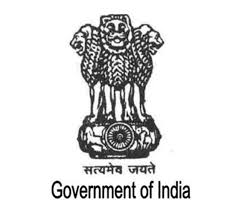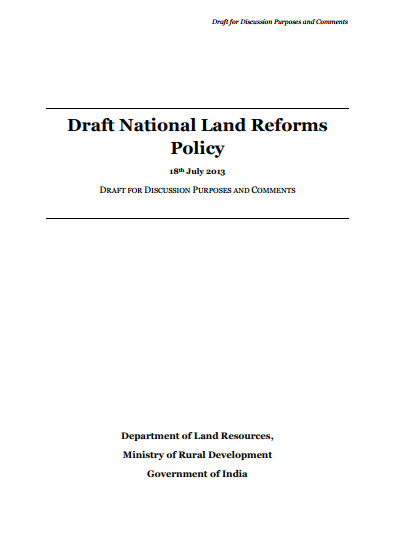The Indus Valley civilization, one of the world's oldest, flourished during the 3rd and 2nd millennia B.C. and extended into northwestern India. Aryan tribes from the northwest infiltrated the Indian subcontinent about 1500 B.C.; their merger with the earlier Dravidian inhabitants created the classical Indian culture. The Maurya Empire of the 4th and 3rd centuries B.C. - which reached its zenith under ASHOKA - united much of South Asia. The Golden Age ushered in by the Gupta dynasty (4th to 6th centuries A.D.) saw a flowering of Indian science, art, and culture. Islam spread across the subcontinent over a period of 700 years. In the 10th and 11th centuries, Turks and Afghans invaded India and established the Delhi Sultanate. In the early 16th century, the Emperor BABUR established the Mughal Dynasty, which ruled India for more than three centuries. European explorers began establishing footholds in India during the 16th century.
By the 19th century, Great Britain had become the dominant political power on the subcontinent. The British Indian Army played a vital role in both World Wars. Years of nonviolent resistance to British rule, led by Mohandas GANDHI and Jawaharlal NEHRU, eventually resulted in Indian independence, which was granted in 1947. Large-scale communal violence took place before and after the subcontinent partition into two separate states - India and Pakistan. The neighboring nations have fought three wars since independence, the last of which was in 1971 and resulted in East Pakistan becoming the separate nation of Bangladesh. India's nuclear weapons tests in 1998 emboldened Pakistan to conduct its own tests that same year. In November 2008, terrorists originating from Pakistan conducted a series of coordinated attacks in Mumbai, India's financial capital. Despite pressing problems such as significant overpopulation, environmental degradation, extensive poverty, and widespread corruption, economic growth following the launch of economic reforms in 1991 and a massive youthful population are driving India's emergence as a regional and global power.
India is a federal parliamentary republic.
Source: CIA World Factbook
Members:
Resources
Displaying 26 - 30 of 91Draft National Land Reforms Policy
Chiefly an agricultural society, India has a strong linkage between land and social status of an individual. Nearly 70 % of its population dependent on land, either as farmers or farm laborers and it is imperative to address the issues of land ensuring livelihood, dignity and food security to millions of Indians. Land reform was a major policy initiative in the country in 1950s and early 1960s.
Diversion of forest land and Compensatory Afforestation
Audit of Forestland diversion and Compensatory afforestation by Comptroller and Auditor General of India. The report provides information on forest land diverted for non-forest use, land diverted for compensatory afforestation, use of funds with identification of gaps and suggestion of corrective measures.
A Study on Flash Floods and Landslides Disaster on 3 rd August 2012 along Bhagirathi Valley in Uttarkashi District, Uttarakhand
The present document provides an insight on the incidences of past disasters, and administrative, demographic, socio-economic and infra-structure perspective of the Uttarkashi district for assessing the vulnerability and capacity of the district in disaster risk reduction. The author has also attempted to discuss the causes and consequqneces of the recent event along with the response by various stakeholders. The report summarises the lessons learnt achieving and recommends measures that would be useful in devising strategies for achieving disaster risk reduction
Report of the Sub Group III on Fodder and Pasture Management
Development of fodder resources and rehabilitation of grazing lands on forests and in forest fringe areas is of paramount importance in view of the total dependence of a large number of people on this resource for their livelihood needs.
This proposal is based on the hypothesis that the development of fodder resources will be best achieved through allocation of clear and mutually exclusive but closely inter-linked roles and responsibilities to the various line departments, viz.
Socio Economic and Caste Census (SECC) 2011
The Ministry of Rural Development commenced the Socio Economic and Caste Census (SECC) in June 2011 through a comprehensive door to door enumeration across the country.
SECC 2011 is also first paperless census in India conducted on hand-held electronic devices by the government in 640 districts.
SECC 2011 data to be used to identify beneficiary and expand the direct benefit transfer scheme as part of its plans to build upon the JAM (Pradhan Mantri Jan Dhan Yojana-Aadhaar Mobile number portability) trinity.


